- Home
- Power Transmission
- Shaft Collars
.....Read More
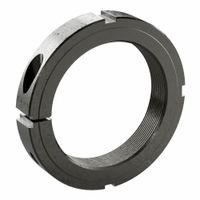
Bearing Locknuts
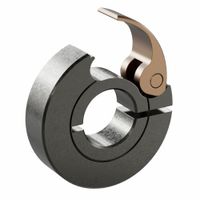
Cam Lever Quick-Clamping Shaft Collars
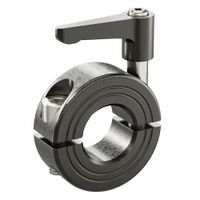
Clamping Lever Shaft Collars
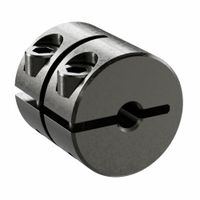
Double-Wide Shaft Collars
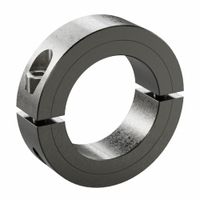
Heavy-Duty Shaft Collars
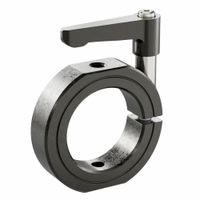
Mountable Clamping Lever Shaft Collars
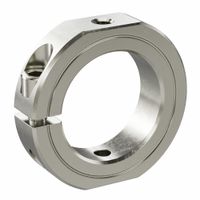
Mountable Shaft Collars
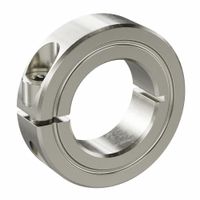
One-Piece Shaft Collars
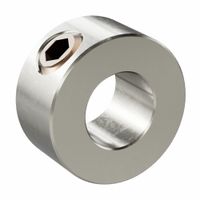
Set Screw Shaft Collars

Shaft Collars for D-Shafts
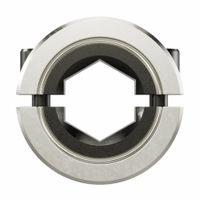
Shaft Collars for Hexagonal Shafts

Shaft Collars for Keyed Shafts

Shaft Collars for Threaded Shafts

Thin Shaft Collars
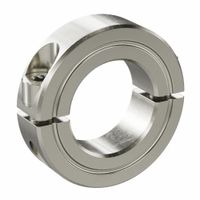
Two-Piece Shaft Collars
Frequently Asked Questions
What are the different types of shaft collars?
How do you install a one-piece shaft collar?
What is the purpose of a set screw collar?
How do two-piece shaft collars differ from one-piece collars?
What applications are thin shaft collars suitable for?
How do you choose the right shaft collar for your application?
What are the advantages of using a double wide collar?
How do mountable shaft collars work?
What is the function of a clamping lever on a shaft collar?
How do bearing locknuts secure bearings in place?